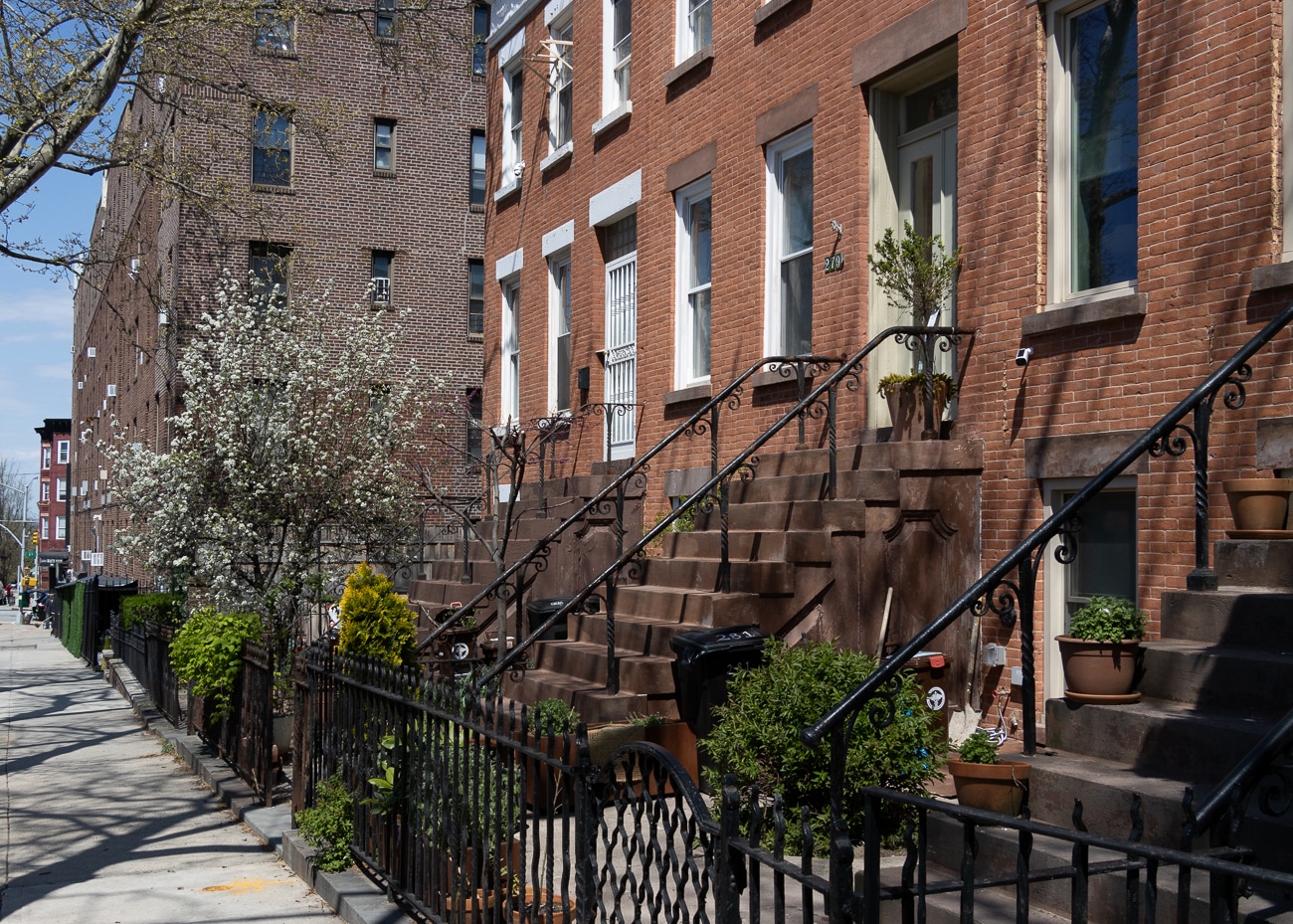A History of Pickle Production in a Long Island City Warehouse
Review Avenue starts underneath the Long Island Expressway in LIC and snakes past Calvary Cemetery, eventually transmogrifying into Laurel Hill Boulevard, 56th Road, and then Rust Street as it proceeds east into Maspeth. At Review’s intersection with Greenpoint Avenue at the literal and littoral edge of Queens is a modern day Self Storage Warehouse which…

Review Avenue starts underneath the Long Island Expressway in LIC and snakes past Calvary Cemetery, eventually transmogrifying into Laurel Hill Boulevard, 56th Road, and then Rust Street as it proceeds east into Maspeth. At Review’s intersection with Greenpoint Avenue at the literal and littoral edge of Queens is a modern day Self Storage Warehouse which also hosts a U-Haul franchise which are housed in the same structure. That’s it, on the left, in the shot above.
It seems, however, that this is where a lifetime of my favorite BBQ relishes and pickles came from, as this used to be the home of Bloch and Guggenheimer Inc. – or B&G Pickles.
Image from bgpickles.com
For all of you “business types,” fundinguniverse.com has the story of how the modern day B&G company was formed, describing the intricacies of its ownership, mergers, and business dealings. It also provides a date for when the pickle manufacturers “left the building” in Long Island City.
From bgpickles.com:
B&G was founded in 1889 by the Bloch and Guggenheimer families — immigrants who came to America seeking a better life.
When Bloch and Guggenheimer began selling pickles in Manhattan, the tenement-packed city streets were crowded — and hungry! There were a lot of people to feed but few places to grow the food they needed to survive.
and…
With B&G’s success, the company literally wore out its New York factory, and B&G moved its pickle and pepper manufacturing to a modern 200,000 sq. ft. plant in Hurlock, Maryland in 1988,
which is in a major cucumber and pepper growing region.
A valuable resource for anyone interested in the history of Western Queens is trainsarefun.com, a rail fan website, which hosts hundreds of historic photos as well as supplying context for them. A deep knowledge of Queens from “back in the day” is there for those interested in the subject of LIC, and at their page describing “Bliss Yard,” they have an aerial photo of the “pickle trains” which carried in the salt which B&G used in the brining process at the factory. Notice that in the shot above, you can still see the B&G siding breaking off the main tracks.
My understanding is that the salt was already in solution, literally “brine,” and was transported to Queens in specialized rail cars – ones that used wooden tanks – from as far away as Michigan.
Also, check out this historic (1946) ad for the company’s products at vintageadsandbooks.com.
Locating themselves in this spot, during the era in which they did, must have been an enormously expensive proposition. Industrial land, close to both the maritime superhighway of Newtown Creek and the newly bulkheaded Dutch Kills, with direct access to the LIRR tracks and Sunnyside Yard complex? Here in the Borough of Homes and Industry? B&G likely spent a pretty penny for this spot back in the beginning of the 20th century, when industrial real estate was king, and Michael Degnon was creating the largest industrial park in the world just a few blocks away. B&G were hardly the only entrepreneurs who saw the value of locating nearby.
Like many of the former factory spaces in LIC, the enormous floor space and load bearing capacity of the former factory made it a natural fit for a storage warehouse during the era when you could barely give industrial space in LIC away, back in the 1980s and early 1990s.
This is no longer the case for industrial real estate in NYC, of course, as Crain’s reported back in January of this year.
Newtown Creek Alliance Historian Mitch Waxman lives in Astoria and blogs at Newtown Pentacle.













What's Your Take? Leave a Comment